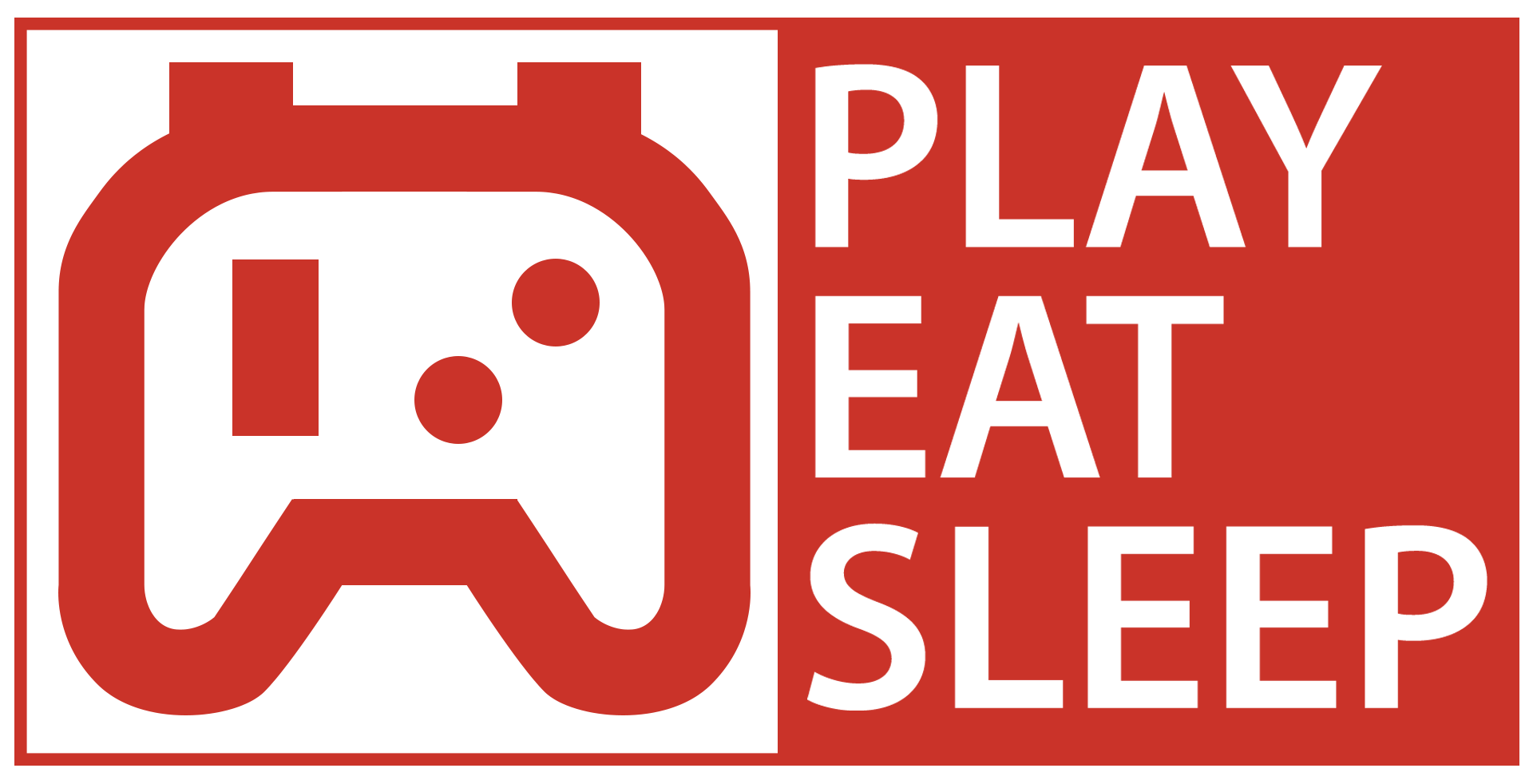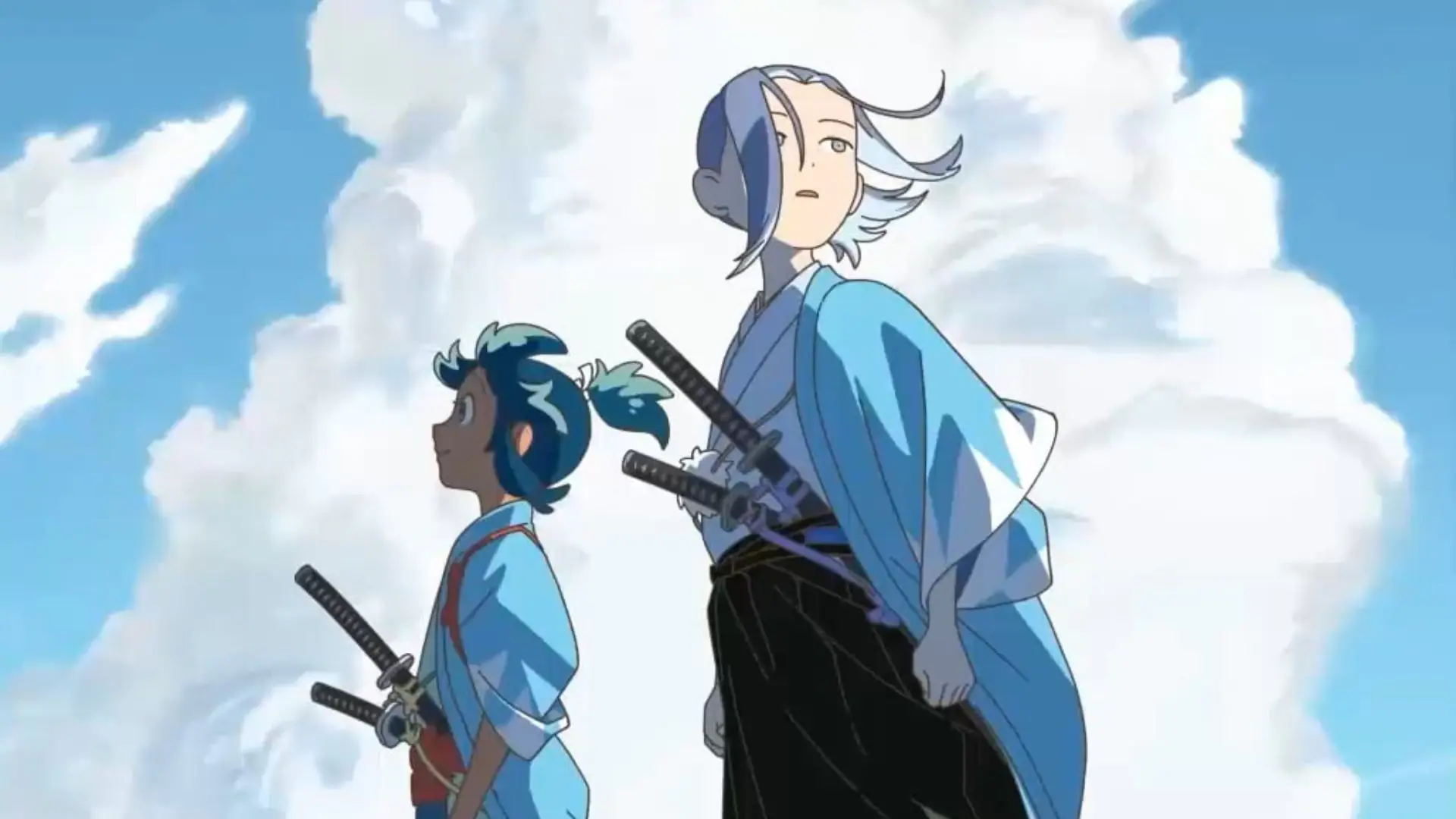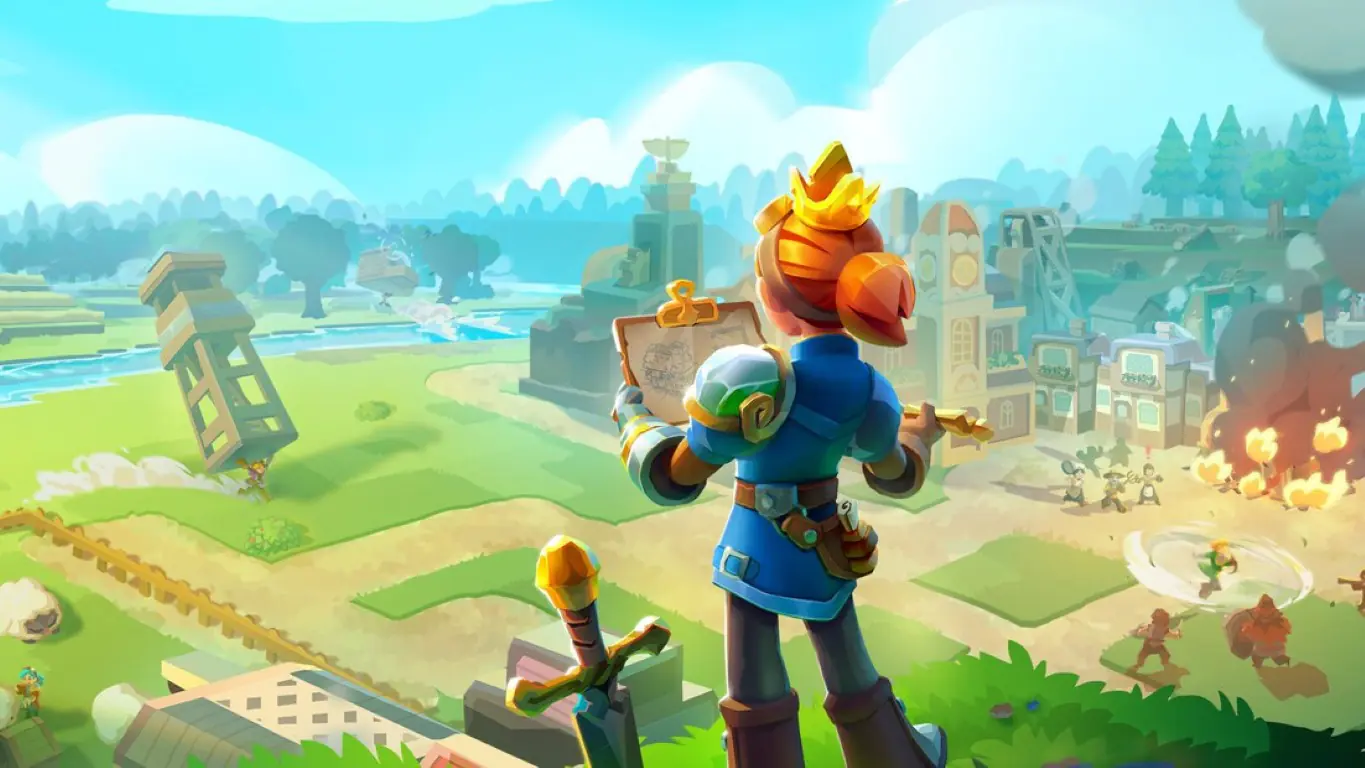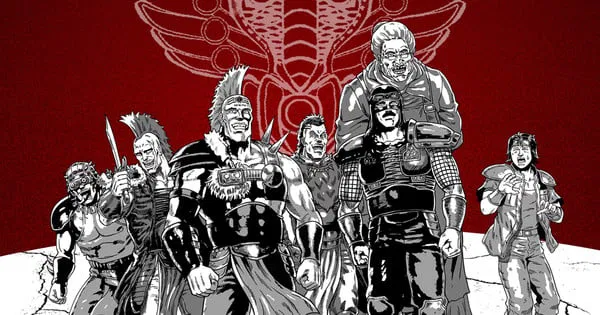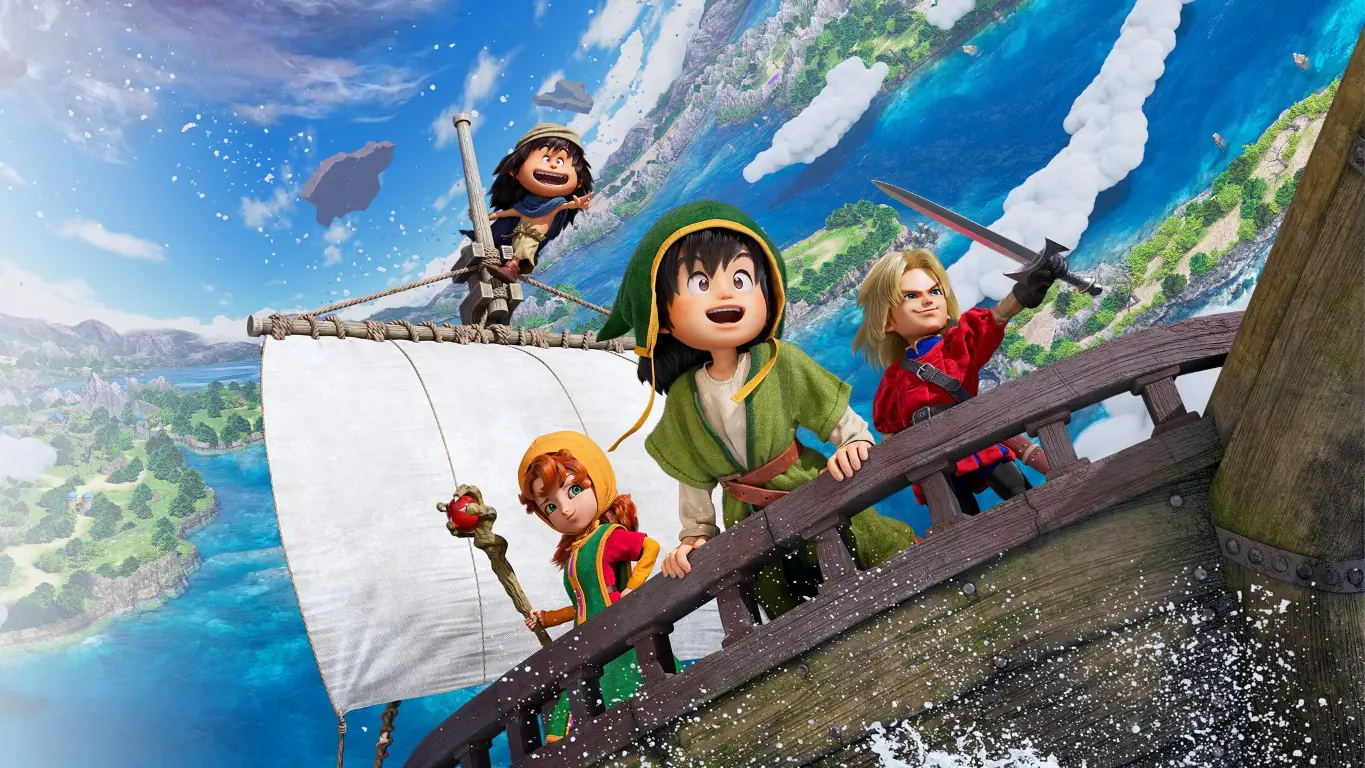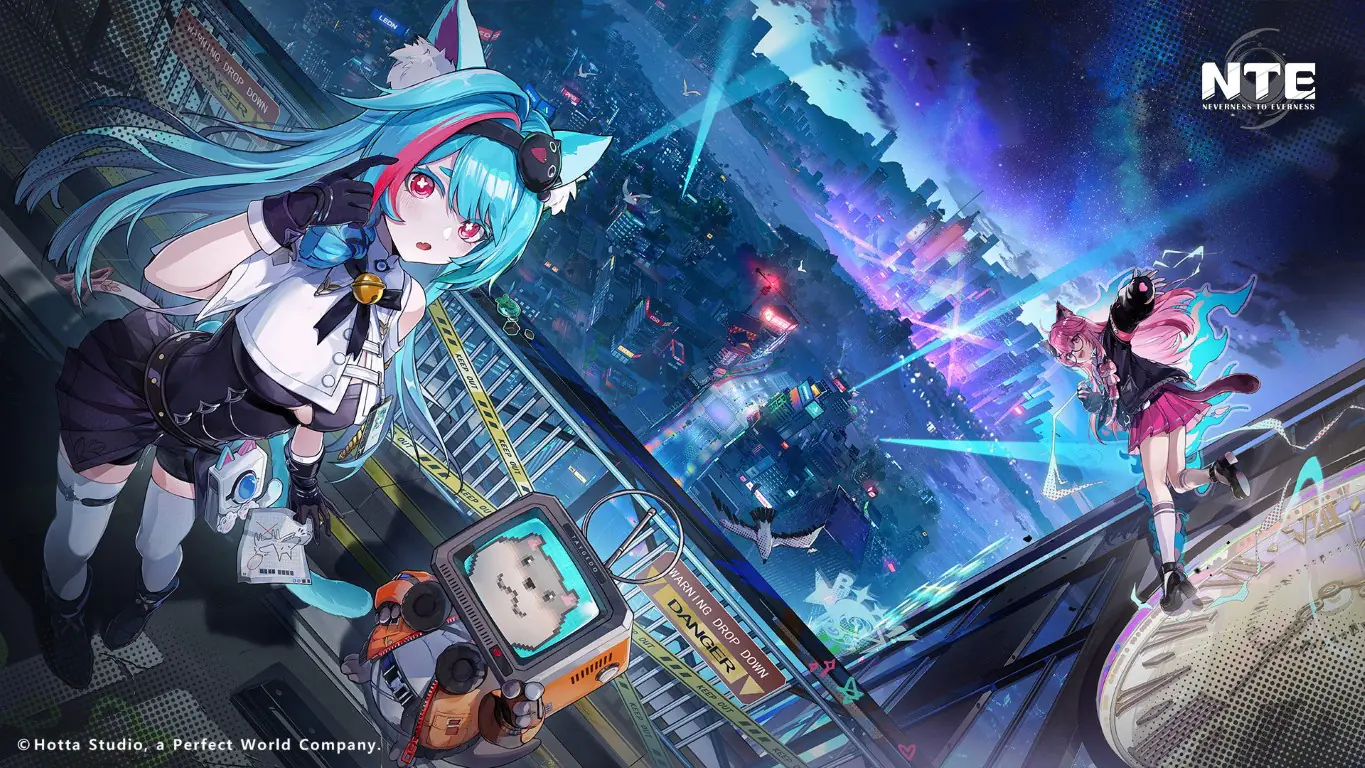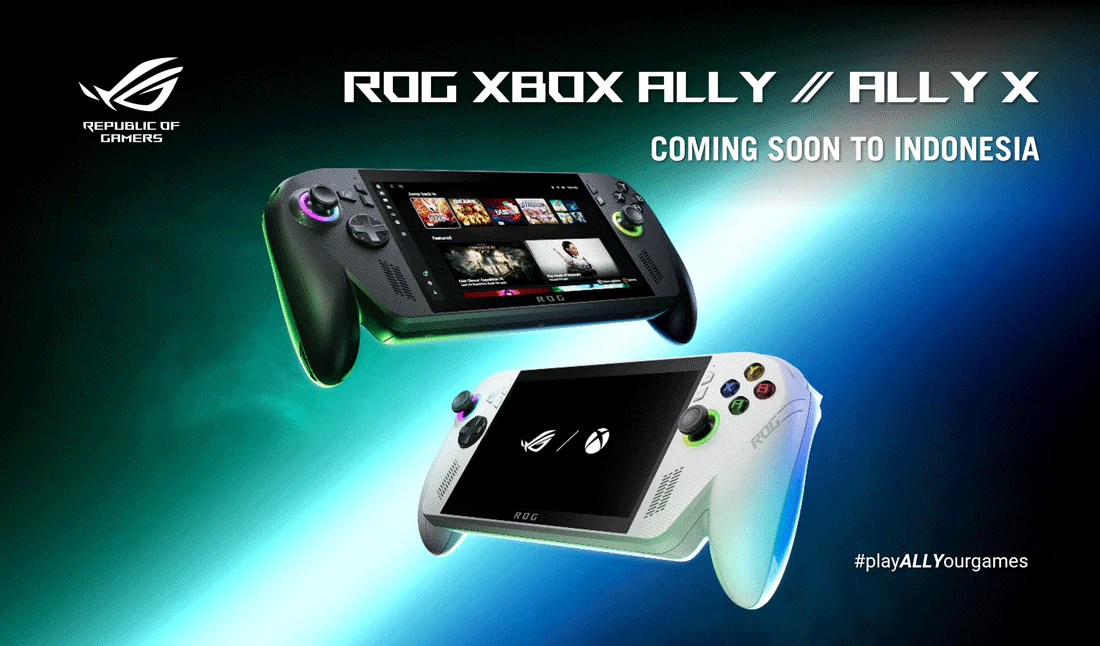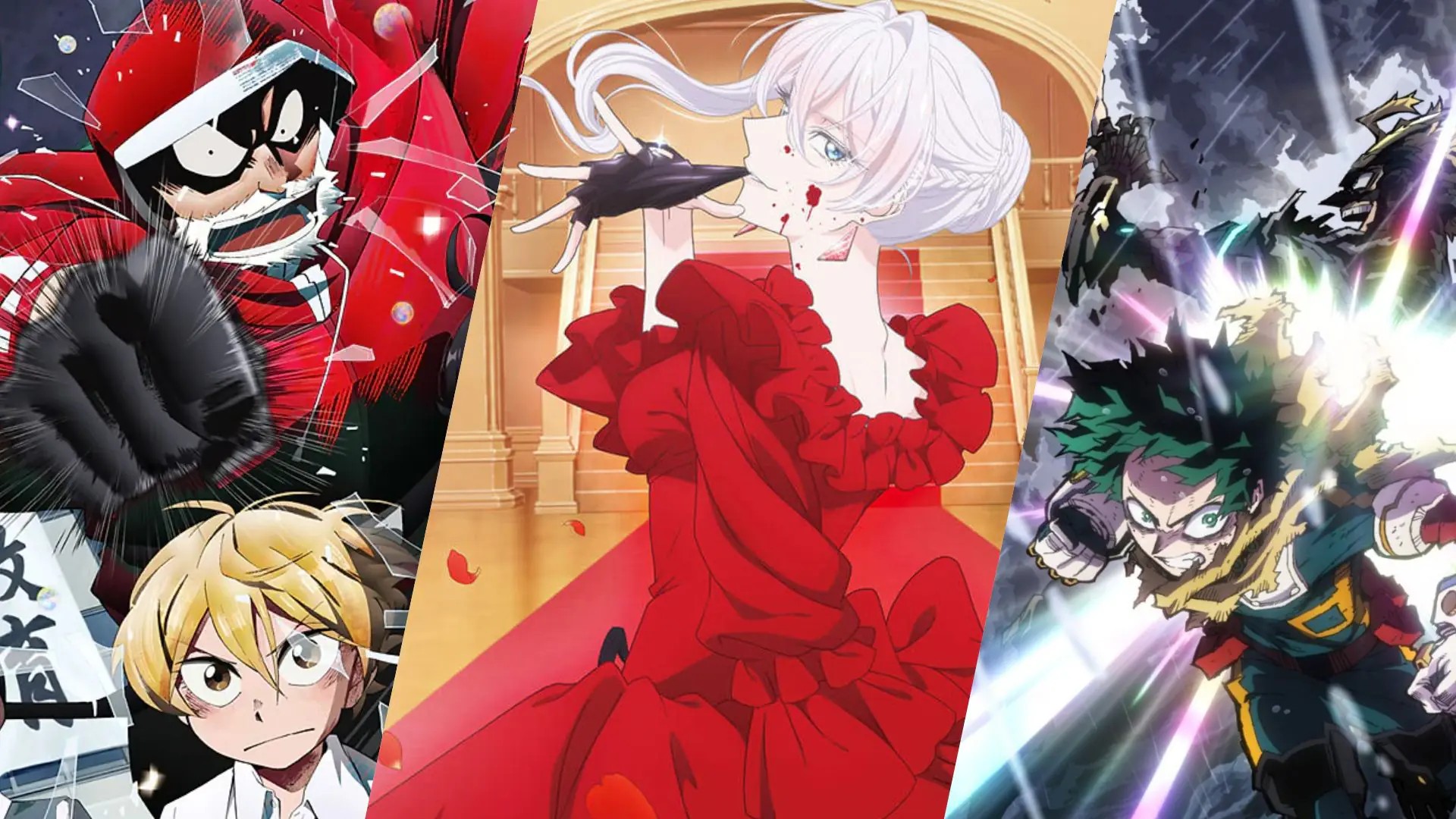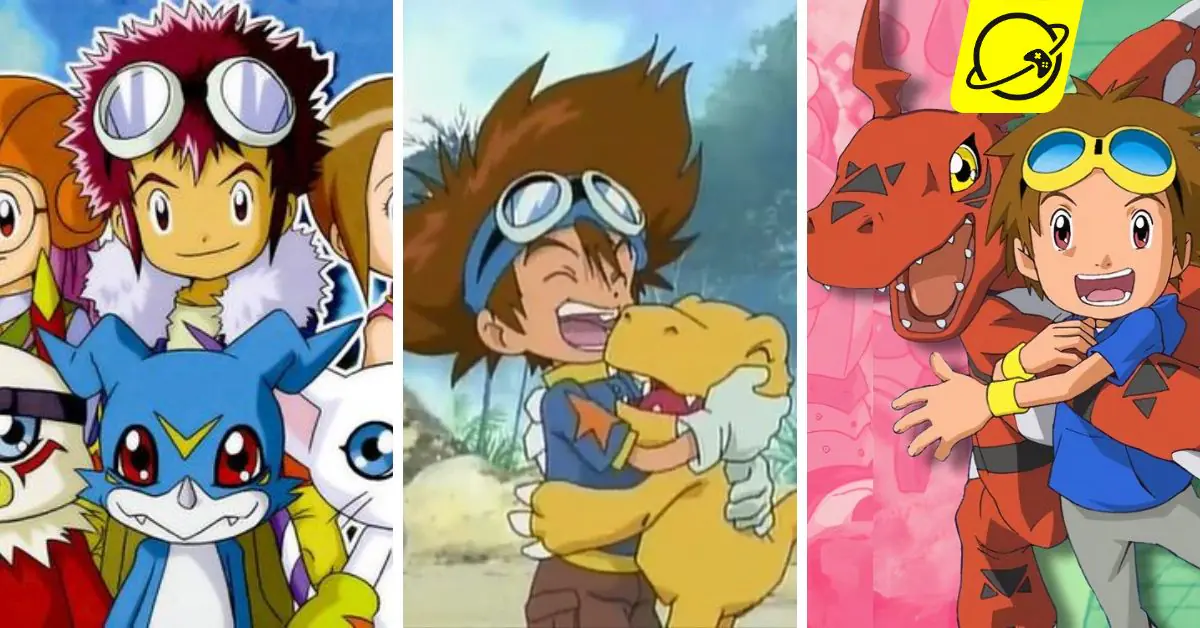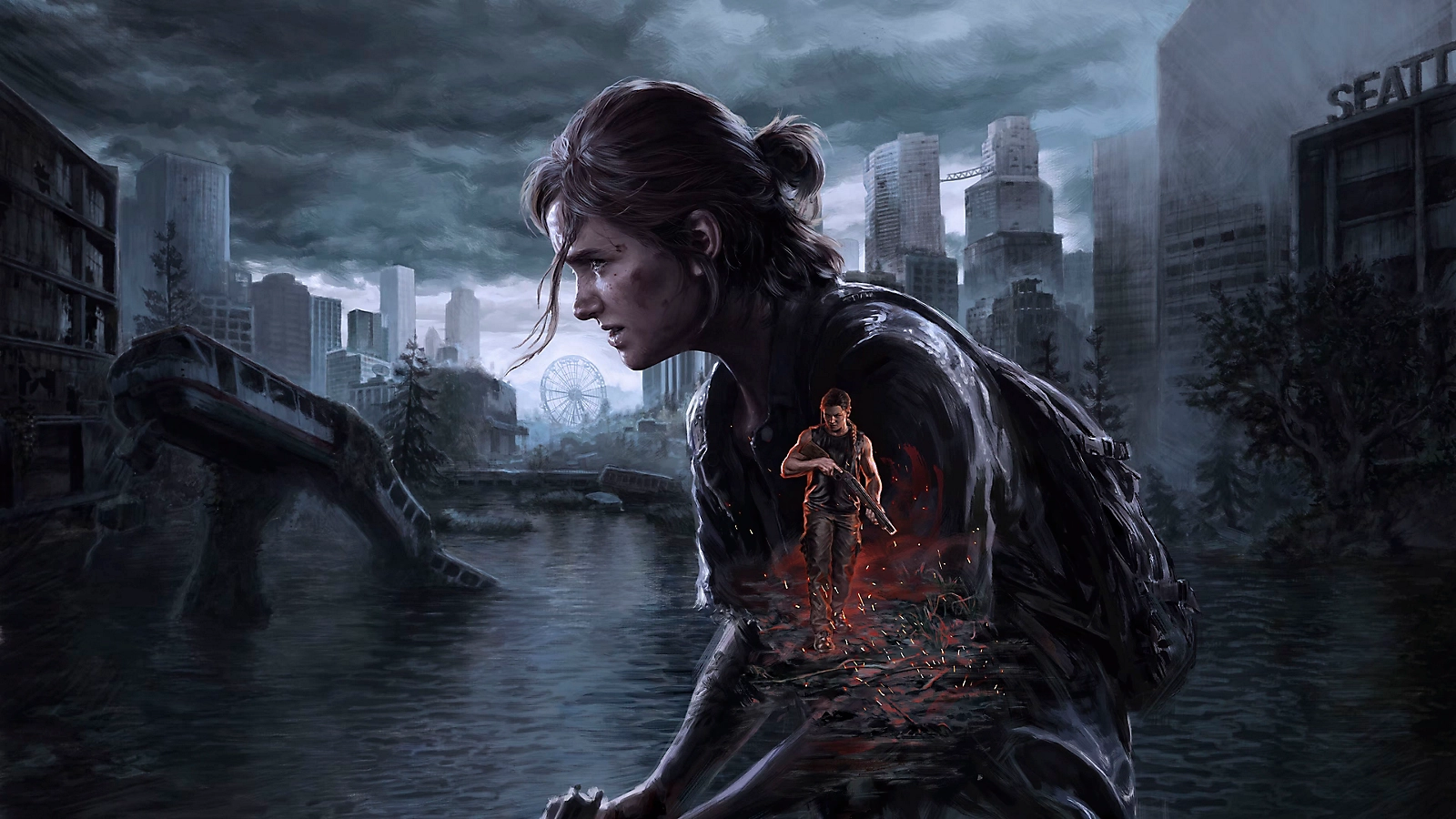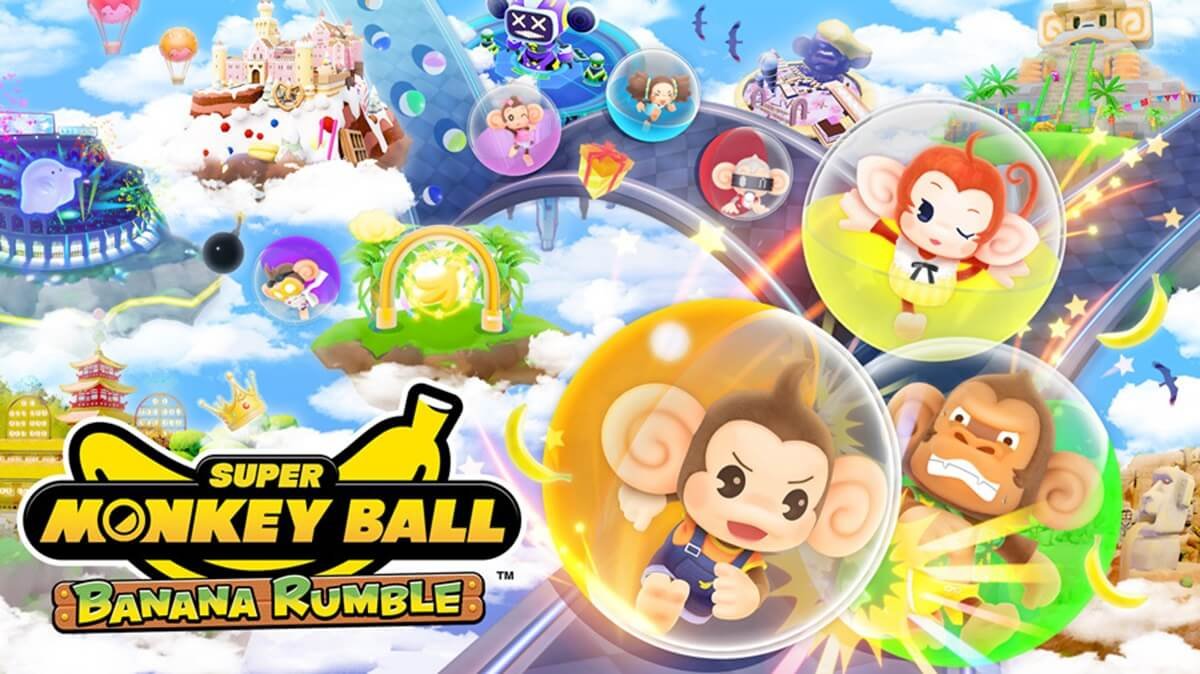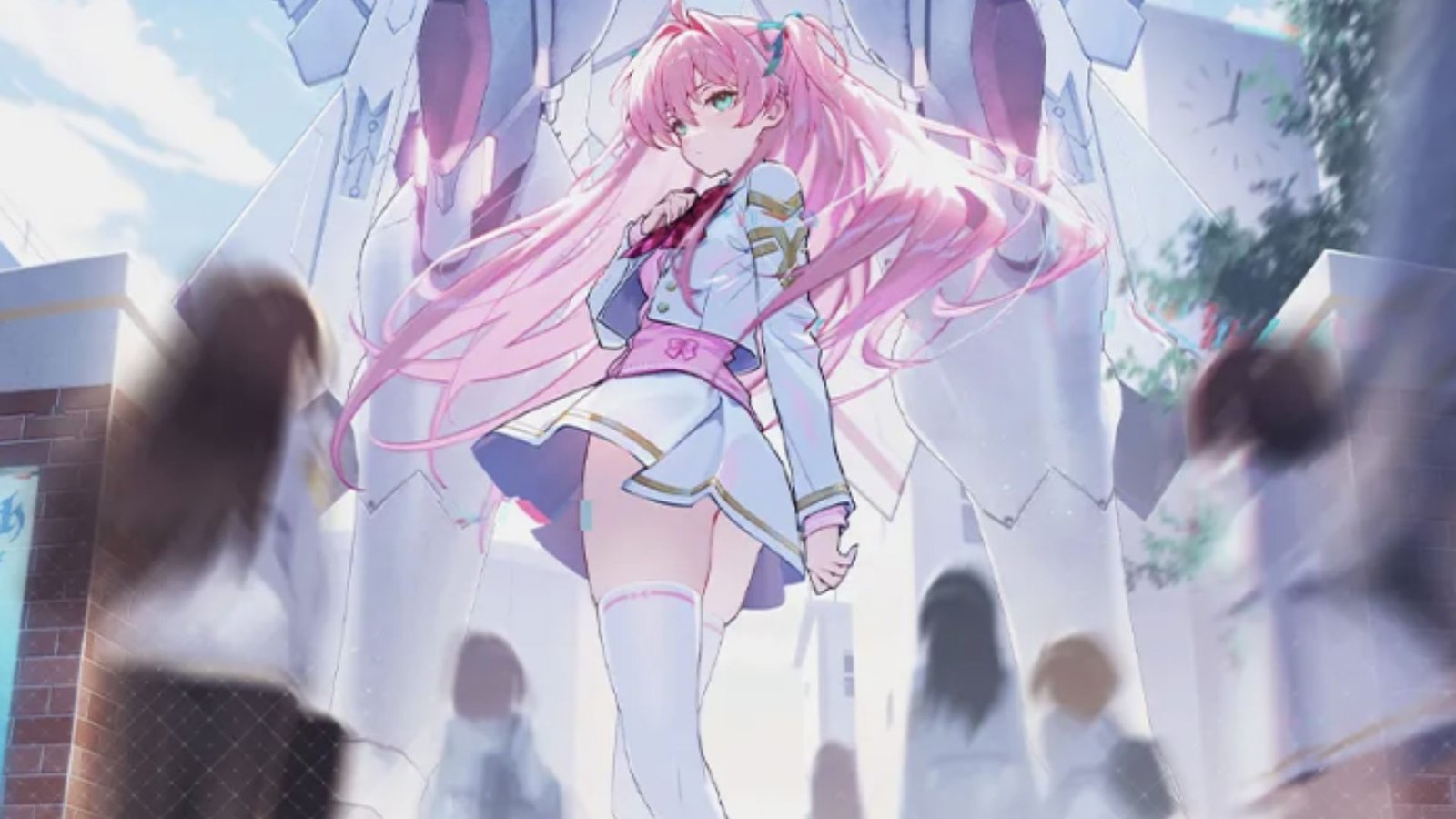Is the game made Hideo Kojima arguably overrated? A fairly controversial question to open this review article, but of course the author is an opinion player Death Stranding 2: On The Beach Most of them are players of the first version who waited so long for the sequel. Expectations of Hideo Kojima's masterpiece could be said to be "at stake", or maybe not, because Kojima himself also said that the game he made was not intended for everyone.
Okay, but the question remains unanswered: How about a sequel to Death Stranding, a walking simulator game known for its cinematics and mysterious yet intriguing story ideas?
At first glance, Death Stranding 2: On The Beach, is a refined Death Stranding, providing many new gaming experiences while still retaining the same old core gameplay from the first game.
What are the highlights of this game?
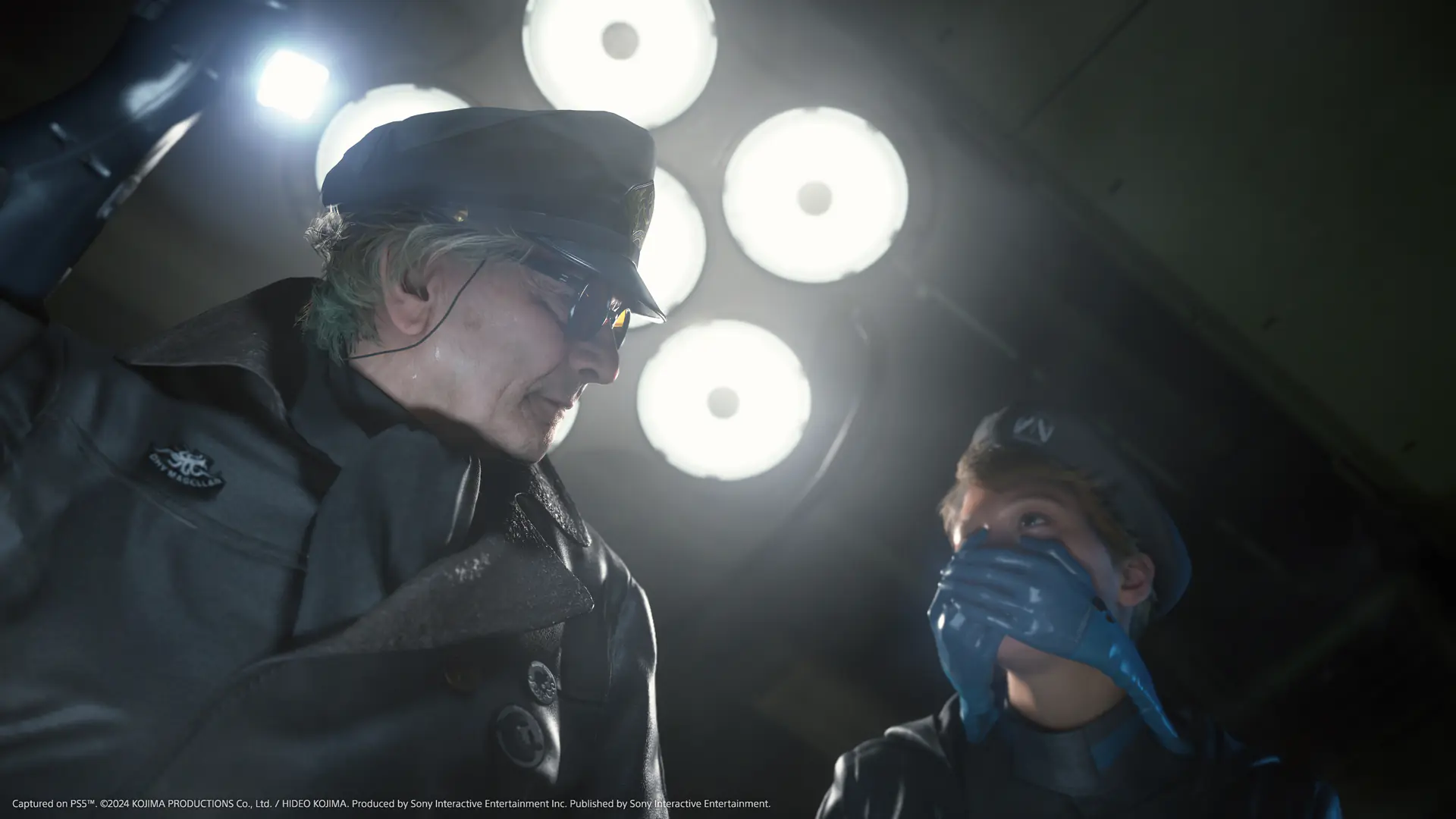
Same premise, same mysterious side
Without giving away spoilers, Death Stranding 2: On The Beach continues the story of Death Stranding with the same main character: Sam. After completing the connection between cities into a unified UCA, Sam is assigned to leave to continue the connection between cities, starting from Mexico to Australia. Yep, the premise of the story is more or less the same, but it looks like Kojima wants to make it more interesting. core value of Death Stranding remains the same to keep things consistent.
The basic mechanic of Death Stranding 2 remains the same: delivering goods. Genre walking simulator is certainly not a genre for just anyone. Apart from more action promised by Kojima in this second installment (which turned out to be a little more intense and chaos), Death Stranding 2 is still walking simulatorThere are many genres, and it's perfectly legitimate to call them that.
Of course, for those who love the Death Stranding series, this will be a fairly easy "ok", but for those who are not familiar with Death Stranding, it may still feel unsuitable.
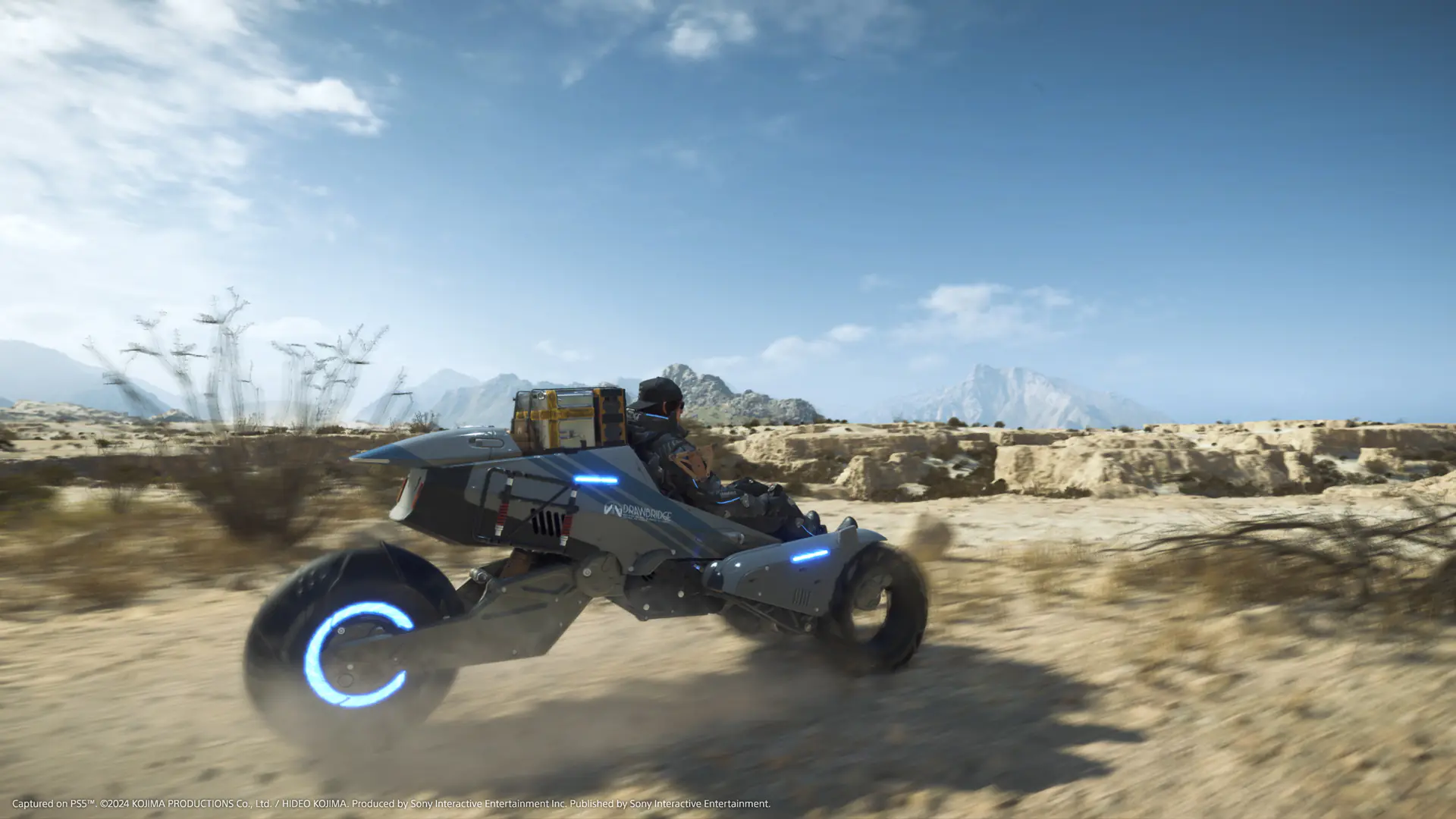
More tools, easier work?
If you can summarize one of the most noticeable changes from Death Stranding 2, it's that the difficulty of the game seems easier. But this doesn't mean that Kojima has reduced the threats that can be found in various areas of the game, but the development of technology feels more advanced and "connected", just like the premise of Death Stranding in the first place.
Take the example of vehicles. Rather than giving a wide variety of vehicles such as motorcycles, trucks, and such racing carDeath Stranding 2 provides two simple options: motorcycle or truck. Throughout the story, we can't find any major modifications of bikes & trucks from Death Stranding 1 such as transporter or racing trike. Instead, players can install shield or extra batteries or stabilizer embedded in the same slot, resulting in less cargo capacity. Trucks are the same way. There are 6 battery slots that can be modified, with the new addition of two arms on top of the truck, which can be fitted with weapons such as the canon or cargo catcher. Based on personal experience, with a truck plus tire modifications, players can practically deliver goods from one place to another. Oh yeah and a little spoiler of the new vehicle mode: it can run on tar.
Plus, there is a new delivery option which is monorail. Yep, as the name itself suggests, players can ship goods (including vehicles) in large quantities from one city to another, plus it features mining that allows players to mine certain materials in large quantities (by paying chiral crystal). The availability of these monorail lines is like a toll road, which is limited to certain cities (generally distribution cities or major cities that have a large capacity).
Equipment both weapons and climbing tools are quite varied. Starting from rifles and snipers that have silencers, grenade launcher The PCC, which retains the various detonation modes, to the electric baton and 2 ladders that can be combined; the journey becomes safer. The assembly tool called PCC also returns, retaining most of the tools from Death Stranding 1, so old players can continue their creations again.
With relatively more reliable vehicles, better connected roads, varied modes of transportation, versatile equipment; :Death Stranding 2 can feel easier, but in my opinion, not because the enemies are made easier.
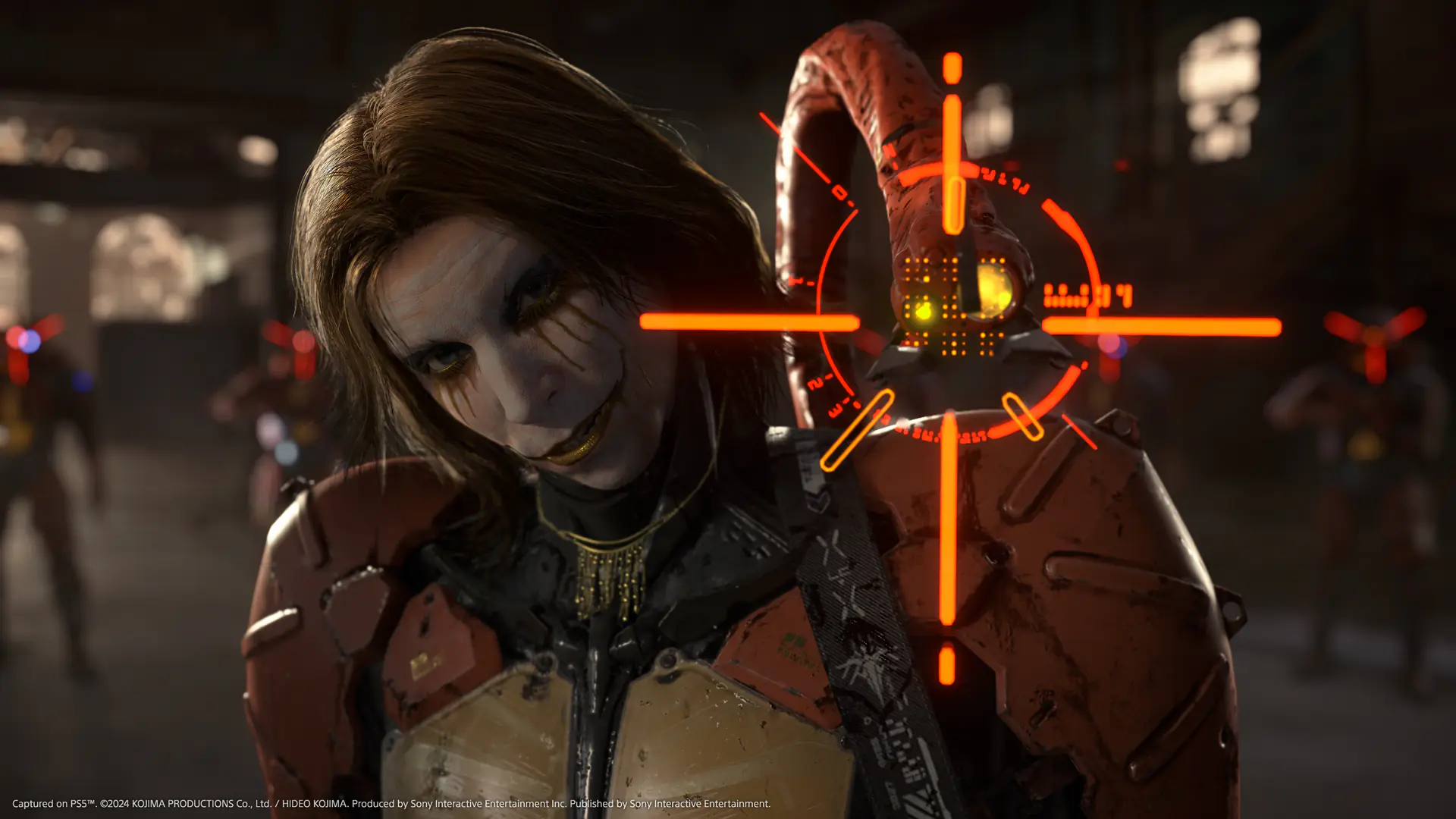
Cinematic storytelling incorporated in games
Level storytelling presented in Death Stranding 2 also feels one level above the previous series with a combination of cutscene and unique music. All face and motion tracking feels quite natural, including the flow of the conversation. Transition from cutscene Go to gameplay (and vice versa) feels very natural. Even though the transition sounds simple enough, more and more AAA games don't emphasize on the seamless from games and cinema, especially the dialog part.
In my opinion, one of the unseen compliments on a game that tries to be cinematic, is when there are comments of "like watching a movie" or feeling "a little" bored. This means that the game manages to present a cinema quality that is relatively comparable to a movie in general, but of course gameplay interesting into different stories and additional tasks.
An Optimized and Effective PlayStation 5 Port
These days it's not so rare to hear about a game that's been in development for years, raising expectations from players, and waiting for two results: a great success or a disastrous failure. The choice to use the Decima Pro Engine as the base for Death Stranding 2 seems like the perfect choice to illustrate the theme of Death Stranding.
With a visual display of mountains complemented by lighting without ray tracing, Kojima Productions shows that game optimization, which comes first, can provide an optimal organic gaming experience without the need for other specs. In my experience, using a 27" monitor 2K resolution monitor, the PlayStation 5 can deliver a smooth 60fps performance without any crashes or stutters.
Although the stability of pure console porting is generally one of the advantages, from the side of the author who also plays PC gaming, Death Stranding 2 On The Beach provides a smooth and enjoyable gaming experience.
Conclusion
Death Stranding 2: On The Beach is a sequel from Kojima Productions that manages to deliver a consistent Death Stranding-style gaming experience. Various tools and vehicles optimized with gameplay It's a unique attraction that brings the worlds of gaming and cinema together.
Pros
- Good cinematic quality and gameplay transitions
- More optimized gameplay mechanics that make it easier for players
- Seamless porting thanks to the use of the right Game Engine
Disadvantages
- With the same core mechanics, it can feel "boring" and potentially not attract new players
Death Stranding 2: On The Beach
Summary
Death Stranding 2: On The Beach is a post-apocalyptic story and walking simulator with the familiarity of the first series, but still provides an interesting Kojima-style gaming experience.
